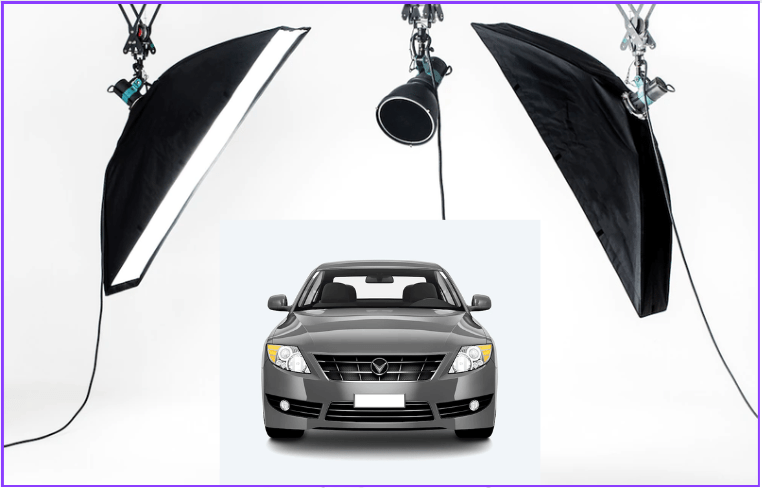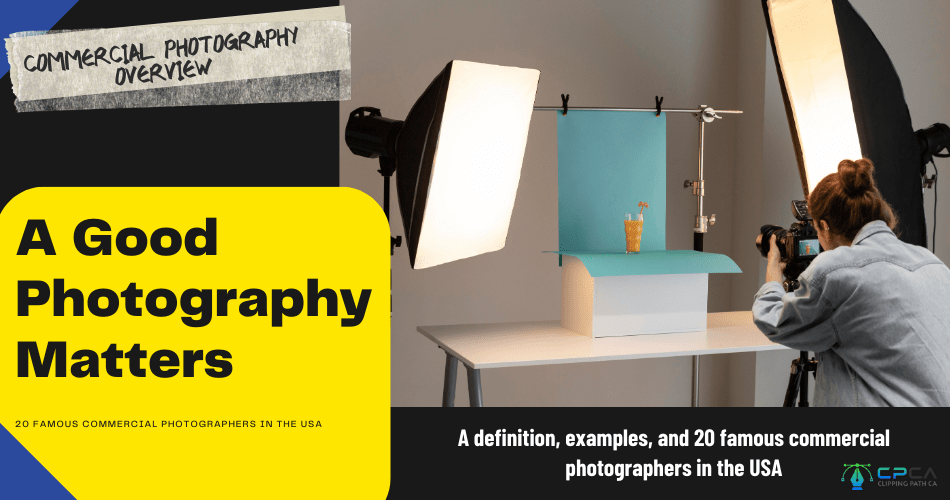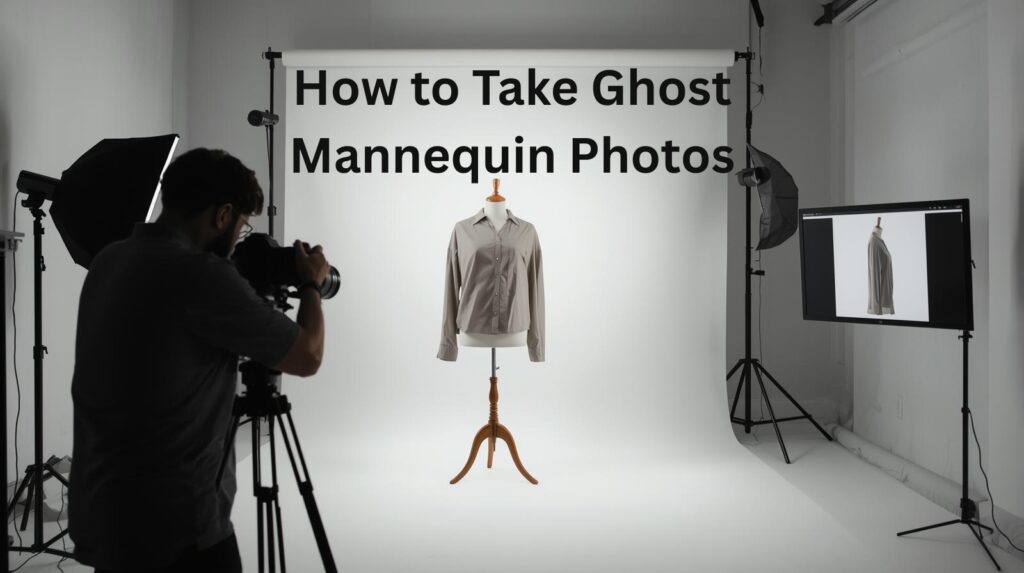The best photographers do much more than choose exciting subjects.
They also know how to present their subjects in ways that engage and captivate their audience.
This is where the art of photographic composition comes in, which entails thoughtfully arranging the elements within a frame to craft a visually compelling narrative.
If you master these composition techniques of photography, you’ll find surprising new ways to guide your viewers’ eyes and emotions through each part of your image.
Composition is a handy skill for anyone behind the lens to learn, as it dictates the final photograph’s balance, harmony, and overall impact.
A strong command of composition can set professional photographers apart in a crowded field, elevating their portfolio and captivating their audience.
For hobbyists, good composition is often the key to transforming otherwise ordinary and unremarkable snapshots into memorable pieces of art that can tell vivid stories and evoke strong emotions.
This article will guide you through exploring and mastering various composition techniques, from fundamental principles to more advanced strategies like playing with perspective.
Here are some practical tips that can refine your technical skills and help you develop a more intuitive sense of how to bring your photographic visions to life:
1) Study Color Theory
Color is everywhere, and it affects how your photos feel and look.
Understanding color theory means you can use color more deliberately to create mood, add depth, or direct attention.
Once you know how contrasting colors make a subject stand out, you can completely change the game when composing your photos.
Fashion photographers, for instance, tend to think extensively about how the colors of their subjects’ clothing might interact with those of their chosen backdrop.
Try photographing someone in bright blue leggings or a blue coat, for example, against a rusty orange background. That contrast alone can make your subject pop.
Of course, strong contrasts are just one way to utilize color theory.
Use color to subtly tell a story and build a specific atmosphere, whether to evoke calm with soft greens or bring in some high energy with vibrant reds and yellows.
Feel free to play with color combinations until you hit upon a tone or mood for your photos that aligns with what you want to express.
2) Practice the Rule of Thirds
The rule of thirds is a handy guideline that involves breaking down your image into a grid of nine equal parts.
Think of it as a tic-tac-toe board overlaying your viewfinder or screen.
Placing your main subjects along these lines or at their intersections can help create a more balanced and engaging photo.
This simple trick can lead to more interesting compositions that don’t simply center your subject but instead encourage viewers to explore more of your image.
3) Try Finding Leading Lines
Leading lines are like visual guides in your photos, directing the viewer’s attention to your main subject or through the scene.
They can be anything from roads and fences to patterns and shadows, creating a path for the eye to follow.
Using leading lines helps make your photos more dynamic and gives them a sense of direction, so look for these natural guides when you’re out shooting.
A winding path in a landscape, the sleek lines of a modern building, or even a subject’s arms pointing towards a critical feature can all serve this purpose very well.
4) Experiment with Light and Shadows

Light is one of the most essential elements of photography, and playing with it can dramatically alter the mood and impact of your images.
More profound knowledge of the interplay between light and shadow can help you create more complex and intriguing compositions, as it reveals new textures, shapes, and dimensions in your subjects that aren’t visible under uniform lighting.
Early morning or late afternoon hours, also known as the golden hours, offer soft, warm light that can beautify almost any subject. But don’t shy away from harsh midday light or the dramatic contrasts it can create with shadows, as these can produce striking, memorable images in their own right.
5) Play with Perspective
A unique perspective can take any scene you’re shooting from mundane to extraordinary. It’s easy to get stuck in the habit of shooting from eye level but varying your shooting angle can unveil new possibilities.
Get low to the ground for a bug’ s-eye view or climb higher for a bird’ s-eye perspective. Each angle tells a different story and can change the relationship between the elements in your frame.
Experimenting with perspective also challenges the viewer’s expectations.
A familiar scene can become intriguing and new when presented from an unusual viewpoint. This approach encourages viewers to reconsider their own perspective, ultimately making your photo more memorable.
Remember that exploring and experimenting are some of the best ways to refine your skills when learning photographic composition.
Each of the techniques above offers a pathway to enhance the visual appeal of your images and deepen your connection with your audience. Keep practicing, stay curious, and let your unique vision shine through in every shot you take.
Conclusion of composition techniques of photography
Mastering the composition techniques of photography is a valuable skill that can elevate your work and captivate your audience. By thoughtfully arranging the elements within your frame, you can guide viewers’ eyes and emotions, transforming ordinary snapshots into memorable pieces of art. Composition is crucial for both professional photographers seeking to stand out in a competitive field and hobbyists aiming to tell vivid stories and evoke strong emotions.
Throughout this article, we have explored various composition techniques of photography, from fundamental principles to more advanced strategies. We discussed the importance of studying color theory and how it can be used to create mood, add depth, and direct attention in your photographs.
Additionally, we highlighted the rule of thirds, a simple guideline that can bring balance and engagement to your compositions by placing subjects along grid lines or intersections.
We also delved into the concept of leading lines, which act as visual guides to direct the viewer’s attention through the scene. Utilizing leading lines can add dynamism and a sense of direction to your photos.
Furthermore, we emphasized the significance of light and shadows, as they play a pivotal role in shaping the mood and impact of your images. By experimenting with different lighting conditions, you can unveil new textures, shapes, and dimensions in your subjects.
Lastly, we encouraged you to play with perspective, as it offers a fresh and unique way to present your subjects. Varying your shooting angles and challenging the viewer’s expectations can transform mundane scenes into extraordinary ones, making your photos more memorable.
Remember, the key to mastering composition techniques of photography is practice and experimentation. Continuously refine your skills, stay curious, and let your unique vision shine through in every shot you take. As you embark on your journey of exploration, these techniques will refine your technical skills and develop your intuitive sense of bringing your photographic visions to life.
So go out, capture captivating compositions, and create images that leave a lasting impression on your viewers.







